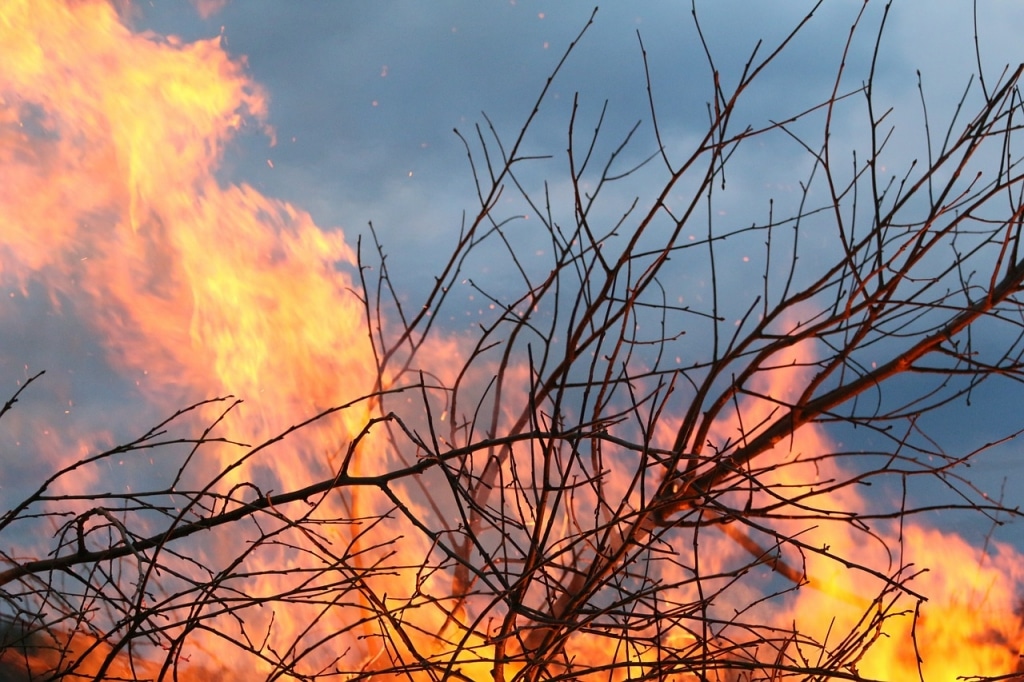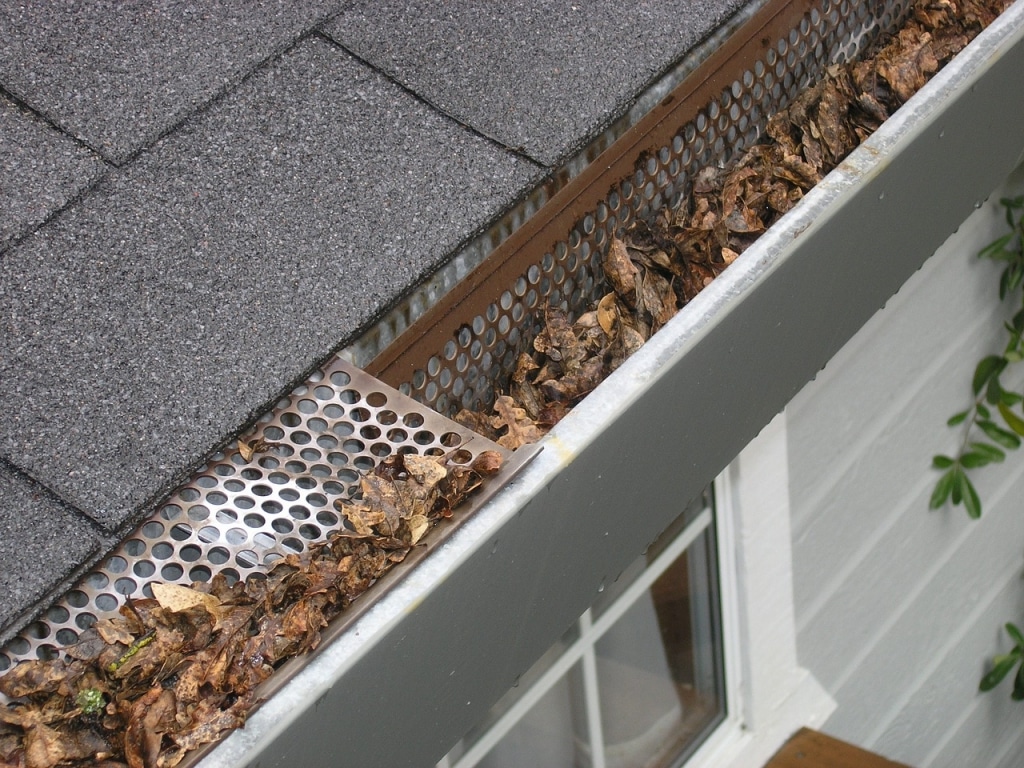As anyone who lives in Western Australia knows, when temperatures soar and rain seems like a distant memory, bushfires are a very real risk. Living in bush fire prone areas not only increases the risk but also amplifies our responsibility for bushfire protection by mitigating the risk of starting or accidentally helping to spread a bushfire on our property.
Being situated in a bushfire prone area demands a heightened awareness and proactive measures to safeguard our homes and communities against the specific risks associated with these designated areas. The increased frequency and intensity of extreme bushfires in Western Australia further underscore the importance of comprehensive planning for bushfire protection.
The good news is whether it’s by regular lawn mowing, roof maintenance or tree lopping Perth residents can take positive action to make sure they’ve met their responsibilities when it comes to making a bushfire on their property less likely. Not only that, if a fire does occur, it’s vital to remember that a well-prepared property is easier for firefighters to defend and potentially less risky for you and your family if you are unable to evacuate.
The Well-Cared for Garden in Bushfire Prone Areas
Maintaining your lawn and garden doesn’t just make it look good, it goes a long way to reducing the risk of a bushfire taking hold. Any fallen leaves, twigs or branches will act as instant fuel to a fire, so it’s vital to make a habit of regularly clearing these as well as mowing long grass.
Managing ‘fuel loads’ by clearing fallen leaves, twigs, and branches, as well as mowing long grass, contributes to reducing the bushfire risk by minimizing the available materials that can ignite and fuel a fire. Also, it’s very important to make sure that any dry grass and undergrowth is removed from underneath your house and other buildings on and around your property. Tree lopping is another crucial job to get done on any trees or bushes that are overhanging your roof.
Indeed, all low-lying branches within two metres of your home should be regularly trimmed to lower the risk of a tree causing your house to catch fire, considering the bushfire attack level regulations that dictate construction and protection standards in bushfire-prone areas.
Raising the Roof with Bushfire Protection Measures
These days all new concrete and terracotta tiles in the Perth area comply with the National Construction Code (NCC), particularly its building regulations for bushfire-prone areas, ensuring that roofing materials meet the necessary performance requirements for safety.
However, not only is it essential to check your roof tiles, sheets and other covers are non-combustible, it’s also crucial to check your roof before bushfire season for any missing or damaged tiles. This is because when a fire starts, flammable substances and windborne embers can fall into holes, gaps or cracks in your roof, igniting instantly and putting your home and family at serious risk.
Any gap longer than 3mm between the roof and wall junction should be filled with fascia or eaves lining or alternatively you can seal the top of your walls to the rafters at the lining. Another option is sarking, where board or sheet material is laid under tiles or iron to prevent embers from infiltrating your property.
In the Gutter
All gutters have a tendency to collect falling leaves, bark, branches and other debris that could easily go up in flames if exposed to embers, direct fire or radiant heat. Not only is it important to regularly check that your gutters are free from this kind of debris, it’s also essential to find out if you are required by law to install an ember guard to prevent a fire spreading to vulnerable areas like your roof cavity.
The type of ember guard you need will depend on which bush fire attack level (BAL) applies to your area, but as a rule of thumb it should be non-combustible, made of corrosion-resistant steel, bronze or aluminium and have a maximum gap (often referred to as aperture) of 2mm. Even people who don’t live in bushfire risk zones should think about installing a gutter guard that meets these requirements to keep gutters debris free and lessen the risk of embers taking hold.
In addition to gutter maintenance, establishing ‘fire breaks’ is another effective measure to prevent the spread of bushfires to and from the property.
Seal the Gaps
The strong winds associated with bushfires create the perfect storm for ember attacks where windborne hot embers get into buildings not just through open windows but gaps in window sills and under doors. When these embers come into contact with flammable objects inside the home, the consequences can be catastrophic. Luckily, it’s possible to take steps to prevent this worst-case scenario happening with these easy steps:
- Seal or cover any gaps over 3mm in your walls and fascias with bushfire-resistant timber or other non-combustible materials.
- Fit all windows with external screens or bushfire shutters, first checking your compliance obligations with regard to your bushfire risk level (BAL) and the type of windows you have.
- Prevent embers entering your home by regularly checking for gaps or cracks in your window ledges, skylights, vents and other areas and covering any with compliant non-combustible wire mesh.
Do the Admin
Unfortunately, no matter what steps we take to prevent bushfires, they do occur and so it’s important to be up-to-date with your home or business insurance. Nobody likes paying insurance premiums, but if you live in a high-risk area like Perth it’s vital not to be underinsured. Many residents choose total replacement cover so they can rest assured that should the worst happen and their home is destroyed, at least the costs of rebuilding from scratch will be covered. Compliance with building regulations is also an important area, not least because it can compromise your insurance claim if it is found to be lacking in the aftermath of a fire.
Get Help
The areas outlined are the main ways to help prevent bushfires, but it’s important to talk to friends and neighbours not just to spread awareness about these important tips, but to pick up other ideas for fireproofing property. Look out for local bushfire prevention initiatives in the Perth area; your local fire service should be able to give you additional information and direct you towards any support that may be available for the disabled and those with limited support when it comes to making sure their home is as bushfire-proof as it’s possible to be.
Don’t wait until bushfire season begins before you get prepared. Make it a habit every year to lessen the risk of bushfires before they become an imminent threat. For a reliable, expert tree lopping and tree removal service in Perth and the surrounding area call Perth Arbor Services today for a free quote on (08) 9227 0010.


